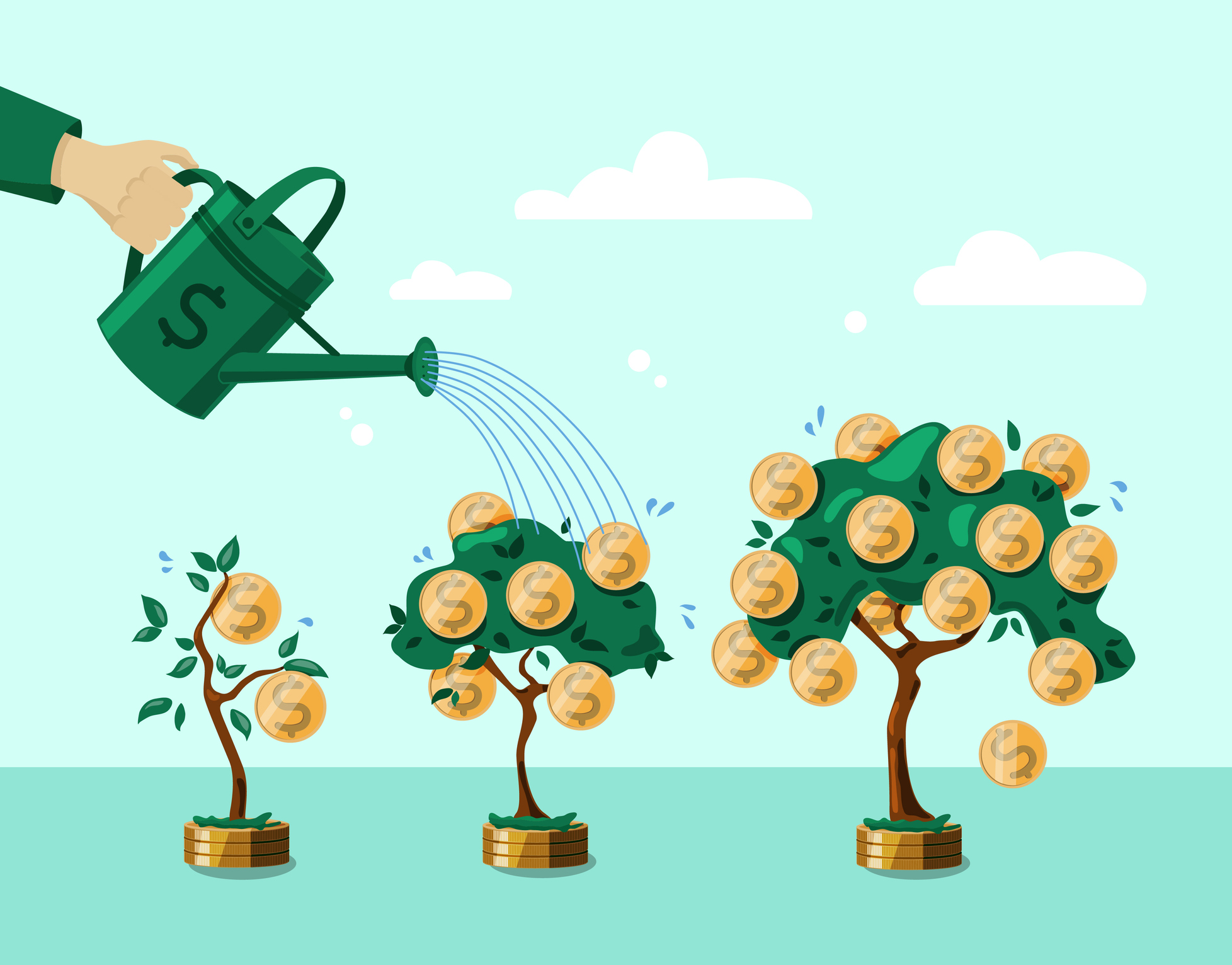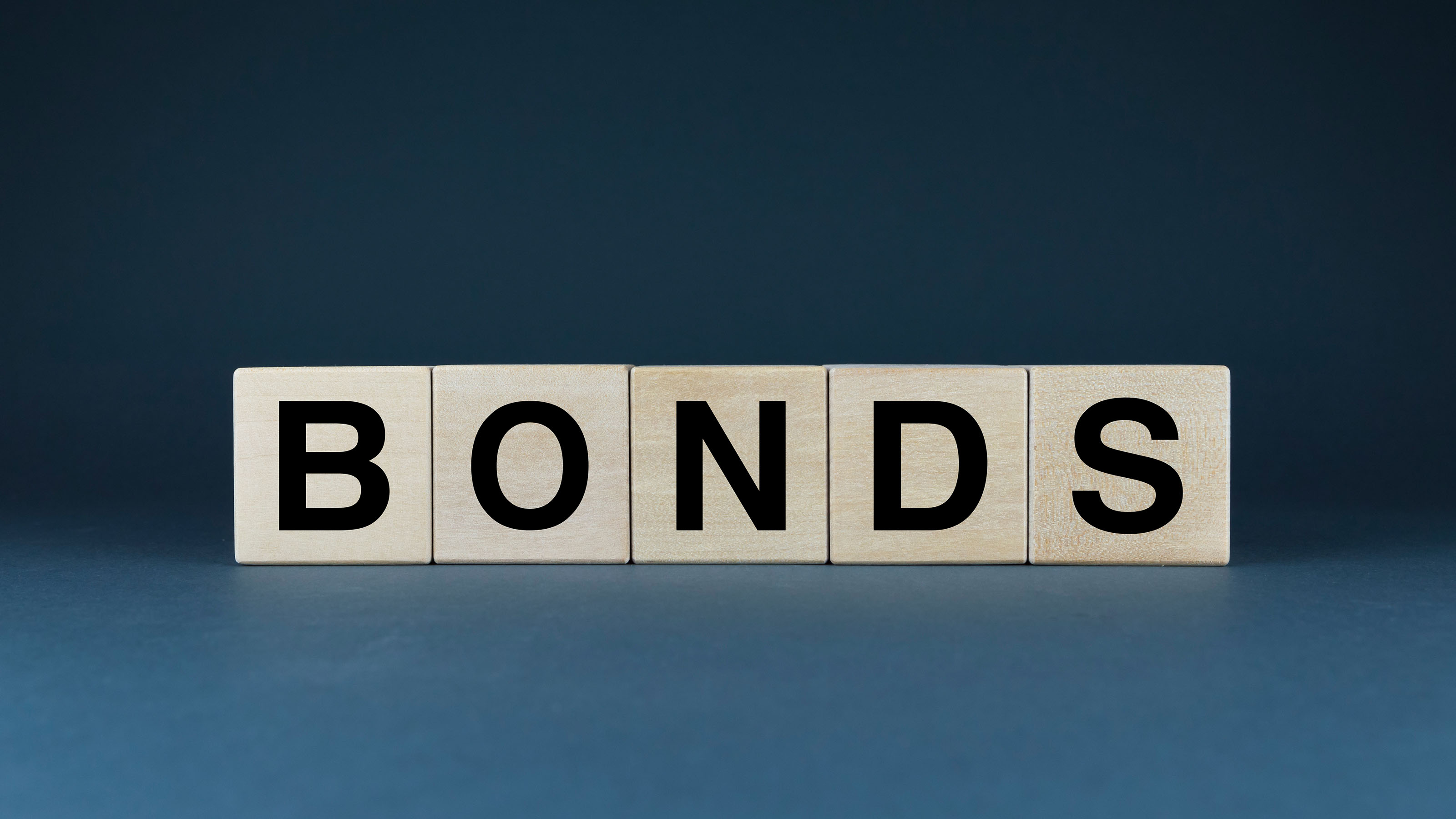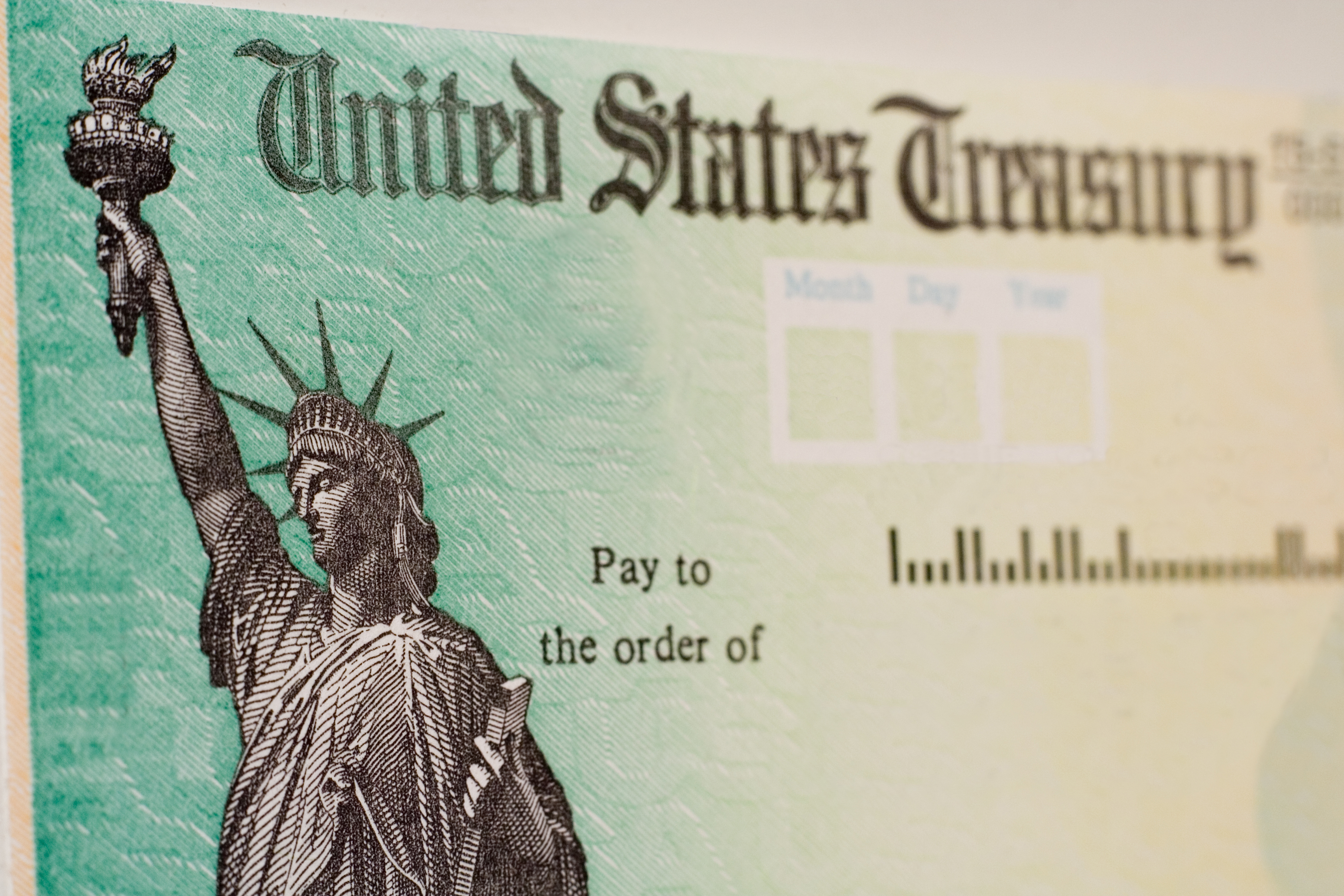How True Are These Investing Cliches?
We examine how much faith you can put into these investment adages.

With thousands of investments and zillions of competing strategies vying for investors’ allegiance, it can be tempting to fall back on a few simple rules of thumb. Such often-repeated and seemingly time-proven investing axioms are valuable because they “give people a basis to get started investing” and on a path to improved long-term financial security, says Kathy Carey, who is director of private wealth management research for investment firm Baird.
But just like simplistic medical advice, these bromides don’t help all people in all situations. Chicken soup has many curative properties, but isn’t a fix for a broken leg, after all. And in many cases, following some investing prescriptions without adjusting for your own circumstances could end up damaging your returns, Carey says. To help you personalize the maxims and maximize your returns, consider the nuances of some oft-quoted adages.
Dollar-cost averaging
More than 70 years ago, investing great Benjamin Graham recommended that investors make regular contributions to their investment funds so that the overall price they ended up paying for each holding would be the average of its price over many ups and downs and not the (possibly high) price on any one day.

Sign up for Kiplinger’s Free E-Newsletters
Profit and prosper with the best of expert advice on investing, taxes, retirement, personal finance and more - straight to your e-mail.
Profit and prosper with the best of expert advice - straight to your e-mail.
Research has since found that those with a lump sum to invest would, on average, earn higher returns over the long haul by dumping it in all at once. A 2019 study by research firm Morningstar found that going back to 1926, lump-summers would have beaten dollar-cost-averagers over 10-year periods in more than 90% of the cases.
The main exception: investors plonking down their lump sum at the start of a bear market. Dollar-cost averaging works best in up-and-down markets, but not as well in uptrends, which the market tends to be in over the long haul. And unleashing the magic of compound growth as soon as you can is key. As another saying goes, returns come from time in the market, not timing the market.
Still, Christine Benz, Morningstar’s director of personal finance and retirement planning, recommends dollar-cost averaging because it helps keep people on track with a minimum of anxiety. Lump-sum investing is best for those with iron stomachs and long horizons who can shrug off the possibility that they are buying at a high and could lose money for years, she says. Besides, most people don’t have lump sums to invest but instead set aside a portion of their paychecks, which is automatic dollar-cost-averaging.
Rebalancing your portfolio
The simplest but often most challenging investing adage is to buy low and sell high. Rebalancing seems like an easy way to do that. If your desired portfolio split is 60% stocks and 40% bonds, for example, then when rising prices push the stock portion of your portfolio to, say, 70%, you sell the higher-valued stocks and buy presumably lower-valued bonds to get back to your preferred balance. But studies have found that such stock-to-bond rebalancing has generally sapped returns because stocks have out-returned fixed-income holdings over the long term, albeit with more risk, says William Bernstein, author of The Four Pillars of Investing.
Former Fidelity guru Peter Lynch likened rebalancing to “pulling out the flowers and watering the weeds.” A more nuanced strategy may deliver better results. Bernstein’s research shows regular rebalancing among stock sectors — adjusting the mix of domestic and international stocks, say, or small- and large-company stocks—does typically enhance returns. And he recommends investors rebalance to their preferred stock and bond allocation whenever their portfolio is so lopsided that they feel nervous. “Rebalancing between stocks and bonds, in the long run, reduces returns, but that’s okay because it reduces risk to the sleeping point.”
Harvesting Tax Losses
During bear markets, financial advisers like to highlight what seems like a lucrative silver lining: selling losers in your taxable accounts to lower your taxes. You can use losses to offset profits on other investments, cutting your capital gains bill. Remaining losses can offset up to $3,000 in ordinary income, and you can carry unused losses forward to reduce future taxes. Ideally, you’ll keep a now smaller stake working in that corner of the market by buying a similar (but not too similar) investment with the proceeds of the sale.
But be careful: the federal tax code has a potential gotcha in the form of the wash-sale rule. If within 30 days before or 30 days after the tax loss sale, you or your spouse buy a security that the IRS deems “substantially identical” to the one you sold— even if it is in a different account — you won’t be able to claim the loss on that year's taxes. But, says Philip Weiss, a Maryland-based CPA and CFA, if and when you sell the new investment, your tax basis of the replacement shares will be adjusted higher by the amount of the disallowed loss, which reduces your taxable gain (or increases the loss you can claim).
Mike Piper, a St. Louis– based certified public accountant and author of The Oblivious Investor blog, says tax-loss harvesting works best for organized investors who can avoid the wash-sale rule and who have long investing horizons: such as plans to donate or pass down the replacement investment, or to wait long enough for the modest tax savings to compound into something substantial.
Downshift into bonds
The older you get, the less time you have to make up for investment losses, so it is tempting to protect what you have by shifting out of volatile stocks into steady if lower-paying, bonds. One common rule of thumb: Your stock allocation should be 100 minus your age. The problem is that up until the pandemic, Americans’ life expectancies were growing, and a longer life span increases the possibility that a bond-heavy portfolio won’t keep pace with inflation or expenses. And, of course, such one-size-fits-all arithmetic doesn’t take into account individual factors such as your health, pension and earning prospects.
Jean Keener, a fee-only adviser based in Keller, Texas, suggests that some of her clients raise their stock allocations starting at about age 70. New research, she says, indicates that a V-shaped approach (lowering then raising stock allocations in your portfolio) can boost spending capacity for retirees during their lifetime or the amount left to heirs.
Encountering a market downturn as you approach or enter retirement can leave a permanent dent in your nest egg, and a portfolio that tilts toward fixed income can insulate you from the ravages of a bear attack (the last one was a rare exception). But if you have got expenses covered by payments from Social Security, pensions or a “bucket” of fixed-income holdings set aside to cover spending for the next several years, increasing your stock holdings further into retirement can boost the growth and longevity of your savings. Still, says Keener, few of her clients are comfortable taking on more investing volatility in their seventies — proving that emotional truths often trounce financial ones.
Read more
Get Kiplinger Today newsletter — free
Profit and prosper with the best of Kiplinger's advice on investing, taxes, retirement, personal finance and much more. Delivered daily. Enter your email in the box and click Sign Me Up.

Kim Clark is a veteran financial journalist who has worked at Fortune, U.S News & World Report and Money magazines. She was part of a team that won a Gerald Loeb award for coverage of elder finances, and she won the Education Writers Association's top magazine investigative prize for exposing insurance agents who used false claims about college financial aid to sell policies. As a Kiplinger Fellow at Ohio State University, she studied delivery of digital news and information. Most recently, she worked as a deputy director of the Education Writers Association, leading the training of higher education journalists around the country. She is also a prize-winning gardener, and in her spare time, picks up litter.
-
 2026 Disney Dining Plan Returns: Free Dining for Kids & Resort Benefits
2026 Disney Dining Plan Returns: Free Dining for Kids & Resort BenefitsPlan your 2026 Walt Disney World vacation now. Learn about the returning Disney Dining Plan, how kids aged three to nine eat free, and the exclusive benefits of staying at a Disney Resort hotel.
By Carla Ayers
-
 How Can Investors Profit From AI's Energy Use?
How Can Investors Profit From AI's Energy Use?Global energy demand is expected to grow by leaps and bounds over the next several years as AI usage accelerates. Here's how to get a piece of the pie.
By Jacob Schroeder
-
 Bond Basics: Zero-Coupon Bonds
Bond Basics: Zero-Coupon Bondsinvesting These investments are attractive only to a select few. Find out if they're right for you.
By Donna LeValley
-
 Bond Basics: How to Reduce the Risks
Bond Basics: How to Reduce the Risksinvesting Bonds have risks you won't find in other types of investments. Find out how to spot risky bonds and how to avoid them.
By the editors of Kiplinger's Personal Finance
-
 What's the Difference Between a Bond's Price and Value?
What's the Difference Between a Bond's Price and Value?bonds Bonds are complex. Learning about how to trade them is as important as why to trade them.
By Donna LeValley
-
 Bond Basics: U.S. Agency Bonds
Bond Basics: U.S. Agency Bondsinvesting These investments are close enough to government bonds in terms of safety, but make sure you're aware of the risks.
By Donna LeValley
-
 Bond Ratings and What They Mean
Bond Ratings and What They Meaninvesting Bond ratings measure the creditworthiness of your bond issuer. Understanding bond ratings can help you limit your risk and maximize your yield.
By Donna LeValley
-
 Bond Basics: U.S. Savings Bonds
Bond Basics: U.S. Savings Bondsinvesting U.S. savings bonds are a tax-advantaged way to save for higher education.
By Donna LeValley
-
 Bond Basics: Treasuries
Bond Basics: Treasuriesinvesting Understand the different types of U.S. treasuries and how they work.
By Donna LeValley
-
 Bond Basics: Ownership
Bond Basics: Ownershipinvesting Bonds come in a variety of forms, but they all share these basic traits.
By Donna LeValley